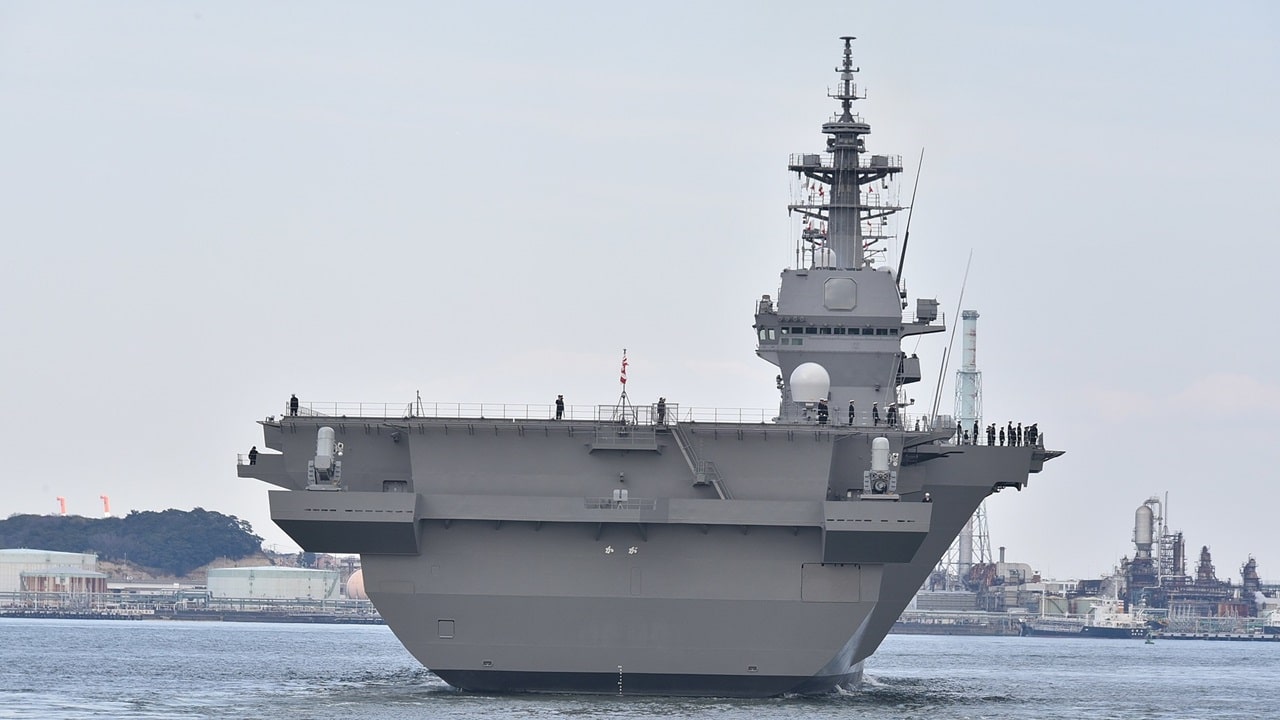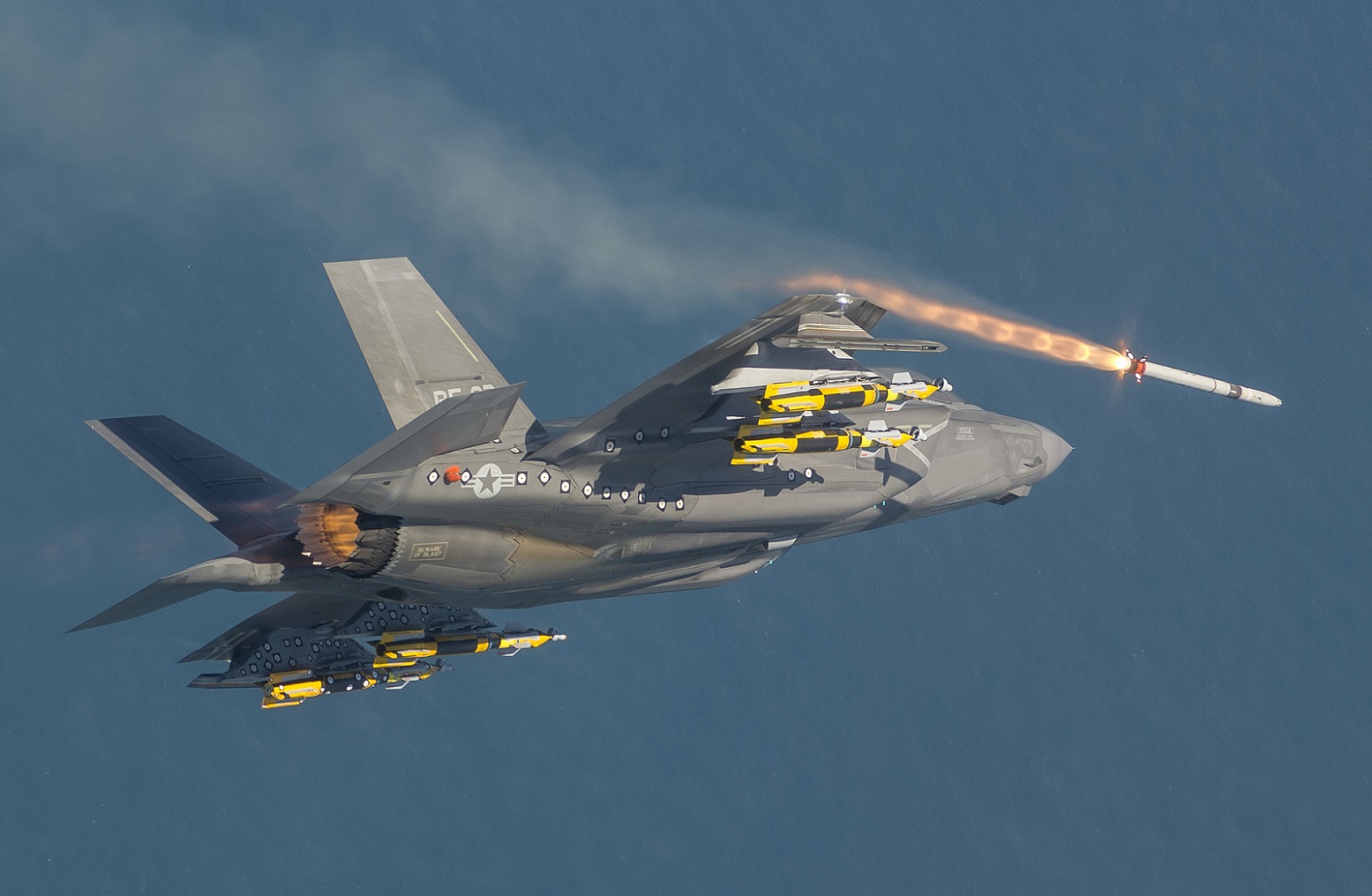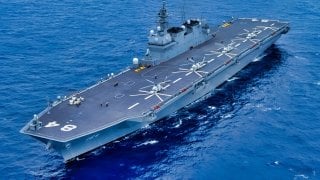Why Did 3 Aircraft Carriers Just Leave San Diego?
On Monday, three aircraft carriers departed San Diego, offering a rare sight for ship watchers. The U.S. Navy’s USS Nimitz (CVN-68) and USS Carl Vinson (CVN-70) were joined by the Japanese Maritime Self-Defense Force’s (JMSDF) JS Kaga (DDH-184). Nimitz is headed north to Kitsap, Washington, before its 2026 deactivation.
What You Need to Know: On Monday, three aircraft carriers departed San Diego, offering a rare sight for ship watchers. The U.S. Navy’s USS Nimitz (CVN-68) and USS Carl Vinson (CVN-70) were joined by the Japanese Maritime Self-Defense Force’s (JMSDF) JS Kaga (DDH-184). Nimitz is headed north to Kitsap, Washington, before its 2026 deactivation.

Carl Vinson will begin its Indo-Pacific deployment, replacing USS Abraham Lincoln (CVN-72), which is returning from the Middle East.
Meanwhile, JS Kaga is sailing back to Japan following F-35B training, marking a significant milestone in Japan’s return to operating fixed-wing aircraft carriers.
Three Aircraft Carriers Just Departed San Diego
Seeing two active aircraft carriers in the same port is unusual enough, but on Monday ship watchers in San Diego were treated to three flattops sailing out of San Diego Bay. Two of those vessels were the United States Navy's nuclear-powered supercarriers USS Nimitz (CVN-68) and her sister USS Carl Vinson (CVN-70), while the third was the Japanese Maritime Self-Defense Force's (JMSDF's) Izumo-class multipurpose destroyer JS Kaga (DDH-184).
The JMSDF warship had undergone modifications to allow it to operate with the Lockheed Martin F-35B Lightning II, short takeoff and vertical landing (STOVL) variant of the fifth-generation stealth fighter, and the flattop arrived in America's Finest City in early October to take part in training operations with the U.S. Navy.
The scheduled testing concluded and JS Kaga is now beginning the long trek back across the Pacific to Japan, where it will continue the modifications to operate fixed-wing aircraft. The United States Marine Corps had previously conducted STOLV exercises on JS Izumo (DDH-183) in October 2021. With the transformation of the helicopter destroyers nearly complete, it marks the first time the island nation has employed de facto carriers since the Second World War.
Aircraft Carriers on the Move
CVN-68, the U.S. Navy's oldest operational aircraft carrier and oldest operational nuclear-powered vessel began the procession of flattops from San Diego's Naval Base Coronado – where she made a brief port visit. USS Nimitz will reportedly conduct readiness drills over the coming days before heading north to her home port of Kitsap, Washington.

The lead vessel of the Nimitz class is now on track to be retired from service with a deactivation date scheduled for May 2026 – when the U.S. Navy accepts delivery of the Gerald R. Ford-class nuclear-powered supercarrier USS John F. Kennedy (CVN-79).
JS Kaga followed CVN-68 out to sea to begin that aforementioned journey home after spending the past month training on the F-35B.
The third and final carrier to depart San Diego on Monday, USS Carl Vinson will also head to the open sea and begin her next Indo-Pacific deployment, replacing USS Abraham Lincoln (CVN-72), which is now returning home from the Middle East. CVN-72 had been rushed to the region to deter Iran and its regional proxies in August and is scheduled to arrive in San Diego in early December.
It is unclear where CVN-70 is headed or for how long. The warship had been previously deployed in the Western Pacific from October 2023 to late February of this year and also took part in the Rim of the Pacific 2024 joint naval drills before returning to Naval Base Coronado in mid-August. Since that time, the third Nimitz class warship has taken part in short sustainment cruises off the coast of the Golden State.
Author Experience and Expertise: Peter Suciu
Peter Suciu is a Michigan-based writer. He has contributed to more than four dozen magazines, newspapers, and websites with over 3,200 published pieces over a twenty-year career in journalism. He regularly writes about military hardware, firearms history, cybersecurity, politics, and international affairs. Peter is also a Contributing Writer for Forbes and Clearance Jobs. You can follow him on Twitter: @PeterSuciu. You can email the author: [email protected].
Image Credit: Creative Commons and/or Shutterstock.
From the Vault


